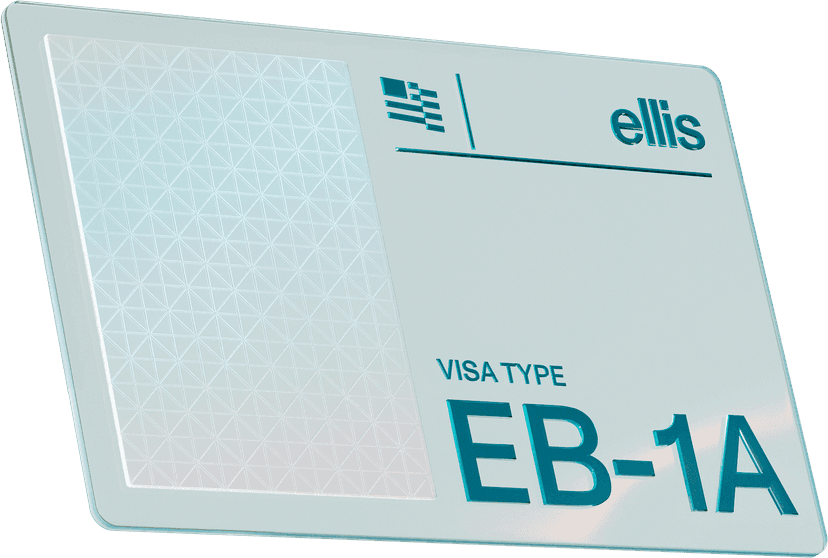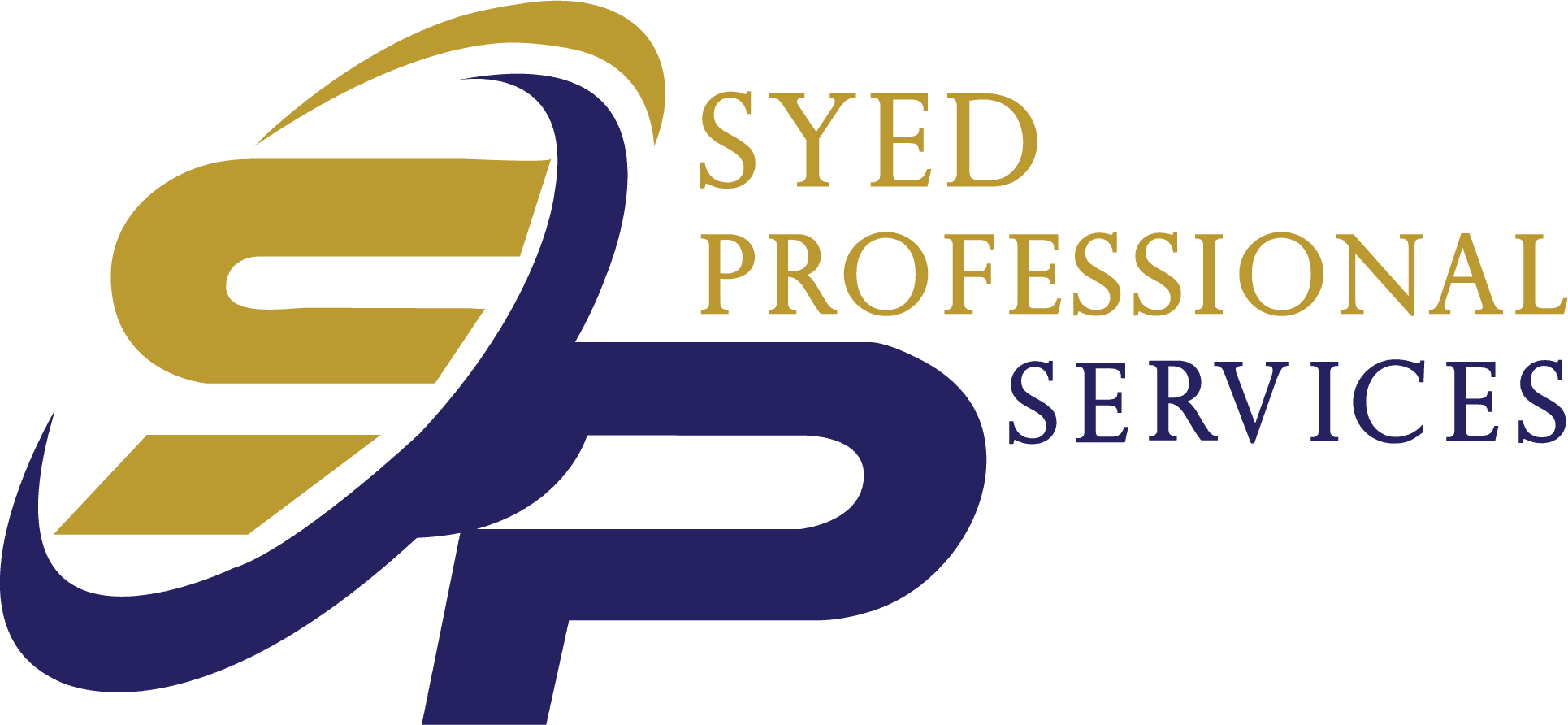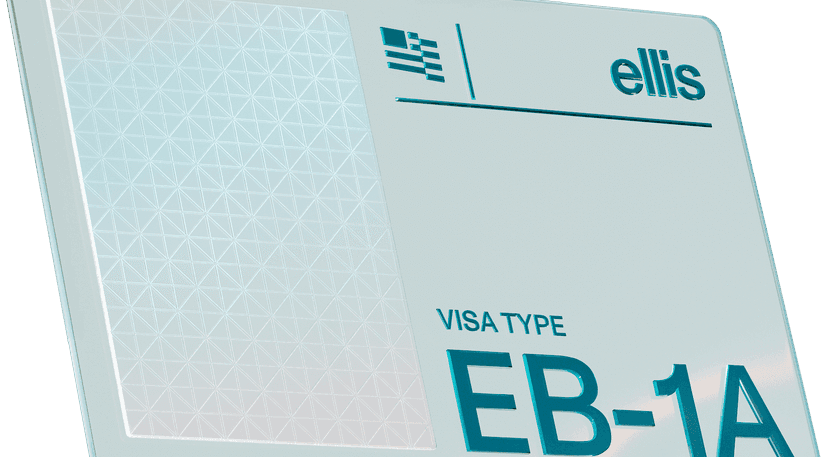Understanding the eb1a Green Card Route
The eb1a category (officially the employment-based first preference, subcategory A: Aliens of Extraordinary Ability) is designed for individuals who have achieved the very top of their field in science, education, business, arts or athletics. At its core, the eb1a allows a foreign national to self-petition for U.S. permanent residency (a green card) without the need for employer sponsorship or labor certification.
When you consider the eb1a route, you’re stepping into a category that demands exceptional proof—but offers equally exceptional benefits.
Definition and Purpose of eb1a
What exactly is eb1a? It stands for the employment-based first preference category “A” for immigrants with extraordinary ability. The purpose: to attract and retain individuals whose achievements place them among “the small percentage who have risen to the very top of their field of endeavor.”
In simpler terms: if you’ve demonstrated sustained national or international acclaim and you’re ready to continue working in your field in the U.S., the eb1a pathway might be ideal for you.
Who Qualifies for eb1a and Why
Eligibility for the eb1a is a combination of high achievement plus proof that you will continue to work in your field of extraordinary ability in the United States. You don’t just need a compelling past—you must show future intent and benefit to the U.S.
Typical applicants for eb1a include distinguished scientists, researchers, prolific authors, top-tier artists, elite athletes, high-impact entrepreneurs, and business leaders with substantial recognition.
The “Extraordinary Ability” Standard under eb1a
One of the most challenging parts of the eb-1a process is meeting the “extraordinary ability” standard. You have two main routes under eb-1a:
-
One-time major international award (e.g., Nobel Prize) as proof of extraordinary ability.
-
Or you meet at least three of ten regulatory criteria, and overall demonstrate sustained acclaim.
That’s why your documentation must be strong, structured, and credible—it’s not enough just to list achievements; you must present them in the context of extraordinary ability under eb-1a.
How eb1a Lets You Self-File Without Employer
One of the most attractive benefits of the eb-1a category is that you can self-petition. Unlike many employment-based categories requiring employer sponsorship and labor certification, eb1a does not require a permanent job offer or PERM process.
This empowers high-achievers to take control of their immigration path. If you meet the standards, the eb-1a allows you and your dependents to apply for permanent residency on your own behalf.
Key Evidence to Support an eb1a Case
In preparing an eb-1a petition, you must gather evidence that aligns with the regulatory criteria:
-
Awards or recognition at national or international level.
-
Memberships in associations requiring excellence.
-
Publications about you in major media.
-
Judging the work of others.
-
Significant contributions to your field.
-
Authorship of scholarly articles.
-
Leadership roles, high salary, commercial success.
Each piece of evidence must be well-documented and tied to your field of extraordinary ability under eb-1a.

Detailed Look at the 10 Criteria for eb-1a
If you don’t have a major international award, you must satisfy at least three of the ten criteria for eb-1a. These include evidence of:
-
Lesser-recognized prizes/awards for excellence.
-
Membership in associations that demand outstanding achievement.
-
Published material about you in media.
-
Participation as a judge of others’ work.
-
Original contributions of major significance.
-
Authorship of scholarly articles.
-
Exhibitions or performances for artistic fields.
-
Leading or critical role in distinguished organizations.
-
High salary or remuneration compared to peers.
-
Commercial success in the performing arts.
In an eb-1a case you must clearly map your achievements to these criteria—generic references won’t suffice.
One-Time Achievement vs Meeting Criteria in eb-1a
Some applicants may qualify for eb-1a by a single outstanding achievement (like a Nobel Prize) — this route is rare but effective. Others must meet the three-of-ten criteria route and show overall “sustained national or international acclaim” under eb-1a.
Understanding which route fits you helps in charting the eb-1a strategy and avoids wasted effort.
Step-by-Step Filing for eb-1a (Form I-140, etc.)
When you’re ready to apply for eb-1a, here’s a typical roadmap:
-
Step 1: Gather your extensive evidence and craft a petition showing your extraordinary ability under eb-1a.
-
Step 2: File Form I-140 (Immigrant Petition for Alien Worker) with USCIS under the eb-1a category.
-
Step 3: If you’re in the U.S., file I-485 (Adjustment of Status) or consular processing if abroad.
-
Step 4: Explore premium processing (if eligible) to expedite your eb-1a petition.
-
Step 5: After approval, your green card is granted, and you’re on the path to permanent residency.
Ensuring your eb-1a petition is well-prepared and aligned with USCIS expectations is critical.
Why eb-1a Is a Top Choice for Green Card Applicants
There are several compelling advantages of the eb-1a category:
-
No employer sponsorship required.
-
No PERM labor certification.
-
Often faster priority date movement and fewer backlogs compared to other categories.
-
You can self-petition and control your timeline.
-
Your spouse and minor children may derive benefits from your eb-1a approval.
These benefits make eb-1a an attractive—but demanding—path for high achievers.
Pitfalls and Errors to Avoid in Your eb-1a Filing
Despite the benefits, the eb-1a category comes with very high scrutiny. Some common mistakes include:
-
Weak documentation that fails to convincingly show extraordinary ability under eb-1a.
-
Focusing only on quantity instead of quality of achievements.
-
Lacking clear evidence of future work or benefit in your field under the eb-1a framework.
-
Overlooking the requirement to show sustained acclaim rather than one-time success (unless you take that route).
-
Failing to use credible expert letters, publications, or third-party recognition to support your eb-1a case.
At Syed Professional Services, we ensure clients avoid these common eb-1a errors and submit a solid, persuasive petition.
Building a Strong eb-1a Case with Supporting Documents
For an impactful eb-1a petition, you must compile:
-
A well-organised portfolio of awards, publications, media recognition.
-
Expert reference letters from independent authorities in your field.
-
Documentation of contributions to your field (intellectual, commercial, artistic).
-
Evidence of future work in the U.S. in your field of extraordinary ability under eb-1a.
-
A compelling cover letter mapping your evidence to the criteria of eb-1a.
Our team at Syed Professional Services guides you through each step of building this documentation.
How eb-1a Processing Works and Visa Bulletin Impact
Processing time and priority date movement matter. For many eb-1a applicants, the benefit is faster wait times than other employment-based categories. However, depending on your country of origin and the visa bulletin, retrogression may still impact timeline.
Understanding the eb-1a priority date rules, filing strategy, and staying updated on visa bulletins is crucial.
Why Tax & Accounting Professionals Matter for eb1a Applicants
While the eb-1a is an immigration category, there are overlapping tax and accounting implications:
-
Once you obtain your green card via eb-1a, you may be treated as a U.S. tax resident.
-
You’ll need to align immigration and tax planning (income reporting, expatriation risk, etc.).
-
Professionals like those at Syed Professional Services help integrate your eb-1a strategy with tax compliance, accounting preparation, and long-term U.S. residency planning.
How Firms Like Syed Professional Services Can Help with Your eb-1a
At Syed Professional Services, we offer comprehensive support for your eb-1a journey:
-
Assess your eligibility and guide whether eb-1a is the right path.
-
Help organise evidence, draft expert letters, align documentation with eb-1a criteria.
-
Coordinate with immigration attorneys while ensuring tax and accounting readiness for when your green card is approved.
-
Avoid costly mistakes, minimise delays, and maximise your chance of success in the eb-1a process.
Latest eb-1a Developments and USCIS Guidance
Recent policy updates have affected the eb-1a category. The 2023 and 2024 revisions have expanded flexibility in certain types of evidence—especially for STEM innovators and entrepreneurs. For example, the emphasis on “comparable evidence” allows alternative documentation that might better reflect extraordinary ability under eb-1a. Staying current with these changes is critical.
Real-World Examples of eb-1a Success and Failure
Understanding real-life cases helps illustrate what works and what doesn’t in eb-1a petitions. Some applicants succeeded by clearly mapping their achievements to the criteria and presenting a strong future-work plan under eb-1a. Others failed because they lacked clear evidence of sustained acclaim or focused only on minor awards—not the kind of proof expected for eb-1a. These contrasting results underscore the importance of strategy.
Life After eb-1a Approval: What Happens Next
Once your eb-1a petition is approved and your green card is granted, there are important next steps:
-
Begin your permanent U.S. residency and plan for eventual citizenship.
-
Maintain your status by fulfilling residency requirements.
-
Consider tax planning as a U.S. resident (due to green card status via EB-1a).
-
Prepare for family transitions (spouse, children) who benefit from your EB-1A approval.
How eb-1a Impacts Your Spouse and Children
One of the key advantages of eb-1a is that your immediate family can derive immigration benefits too: your spouse and unmarried children under 21 may be included in your green-card application or follow-to-join after your approval. This makes eb-1a not only beneficial for you, but also for your dependents’ long-term U.S. residency planning.
eb-1a vs eb1b vs eb1c – Which Path Fits You?
When you research the eb-1a category, you’ll also encounter EB1B (Outstanding Professors/Researchers) and EB1C (Multinational Executives/Managers). The difference?
-
eb-1a: self-petition, extraordinary ability, highest standard.
-
eb1b: employer-sponsored, outstanding professors/researchers.
-
eb1c: employer-sponsored, executives/managers of multinational firms.
Choosing between these depends on your profile—and many clients benefit from expert guidance when deciding the best category.
Ensuring Your eb1a Case Withstands USCIS Scrutiny
The standard is rigorous. The adjudicating officers review your entire case in a two-part framework: first, do you meet at least three of the criteria? Second, does the totality of the evidence show you rise to the requisite level of extraordinary ability? Meeting only the minimum rules may not suffice if your case lacks compelling depth. That’s why preparation for is highly strategic.
eb1a for Different Countries and Unique Challenges
Applicants from certain countries may face backlogs or additional scrutiny. While b1a often has favorable priority dates, conditions vary. Tailoring your strategy to your country of origin, industry, and career profile boosts your chances.
Fees, Premium Processing and Typical eb1a Timelines
Fees and timing for vary depending on whether you’re applying via consular processing or adjustment of status. One major advantage: you can often elect premium processing to expedite your I-140 to 15 calendar days in eligible circumstances. Understanding and budgeting for these costs is part of the planning.
Key Questions About eb1a Answered
-
What is the visa category?
-
Do I need a job offer for visa?
-
How many criteria must I meet for?
-
Can I apply for and eb2 simultaneously?
-
Is good for artists and athletes?
-
What happens if my petition is denied?
We address these and more in the FAQ section below.
Conclusion: Mastering the eb1a Route for Permanent U.S. Residency
The category offers an exceptional path for high-achieving individuals to secure U.S. permanent residency without employer sponsorship. But it’s not for the faint of heart—the standard is high, the documentation rigorous, and scrutiny intense. With the right strategy, documentation and guidance (like what we offer at Syed Professional Services), you can position yourself for success.
If your career shows sustained national or international acclaim, if you’re ready to continue your work in the U.S., and if you understand the paperwork and strategy behind , then this path could change your life.
Take the time to review your profile, gather your achievements, map them to the criteria, and work with professionals who understand both immigration and tax/accounting implications.
You’re not just filing for a visa—you’re filing to cement your legacy in the U.S. through . And with the right approach, you can avoid costly mistakes and accelerate your success.




